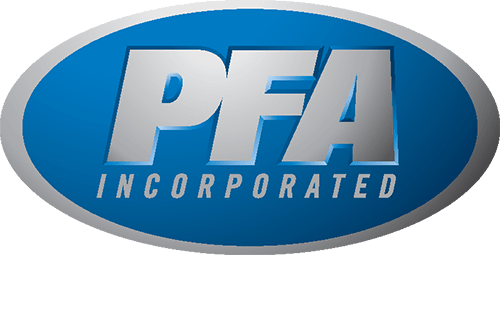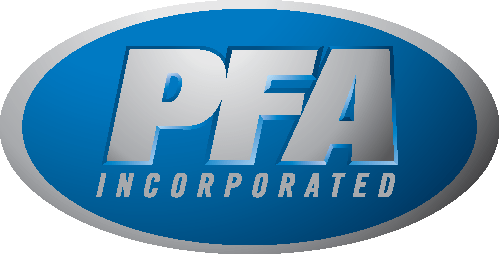While using molds to make solid objects has been a concept for thousands of years, plastic injection molding is a far more recent development. Through the injection molding process, a liquified plastic resin is injected into a mold where it will chemically cure or eventually cool into the shape that the mold provides. In this article, we will explore the basics of plastic injection molding and give some insight into the processes that lead to the development of this technique for modern manufacturing.
Perhaps the earliest incarnation of using a mold to make a solid object dates as far back as the Greek Empire. During this period, bronze would be heated up to a liquid state and then poured into a cavity to create what we now know as the many bronze statues still in existence today. To create suitable cavities for the statues, a wax “positive” of the form was wrapped in molding plaster that is heated to melt the wax and create a “negative void” within the plaster mold. Molten metal could then be poured into these cavities to create a replica of the wax statue again but with molten bronze as the source material.
While the modern plastic injection molding process is similar, the molding tools used are now far more advanced and rely on computer drafting programs to create a negative void that can be injected with liquid plastic and cooled to create a new product. However, since manufacturers are often making large product runs of the items they are creating through plastic injection molding, the molds used throughout the process must be able to withstand the process and safely remove the plastic once completed without harming it.
Modern advancements in manufacturing technology involve sophisticated machinery and special tools that will control all facets of the process including plastic injection, curing, separating the tooling, ejecting the part and cutting and flashing that may have been created. While this process allows many parts to be made quickly and affordably, it is important to ensure that you have the right tools and parts required to complete the process accurately. The complexity that is possible with plastic injection molding makes it a perfect fit for medical devices, specialized parts, military applications and much more.
PFA manufactures locking cylinders and core pull cylinders for molds and dies as well as quick mold change and quick die change systems for plastic injection molding. With KOR-LOK® Side Action Systems manufacturers are able to achieve zero-flash molded parts on the first shot. Preloading and Locking functions in the KOR-LOK are critical to success. Core preload means your parts can be made easily with tighter tolerances, perfect match lines, and clean beautiful textures. This allows cores to move at any angle to eliminate common barriers that plague the manufacturing of complex parts.
For more information on possible applications for the KOR-LOK® Side-Action System, or to obtain more product information, we encourage you to visit the product page below. If you still have questions, we would be happy to explain how this unique hydraulic locking core pull cylinder can enhance your process and provide a free application review. To get started, please contact us and our friendly and knowledgeable staff will happily assist you.
For a brief video history on how injection molding began and basics of how a part is injection molded, see the video Plastic Injection Molding


